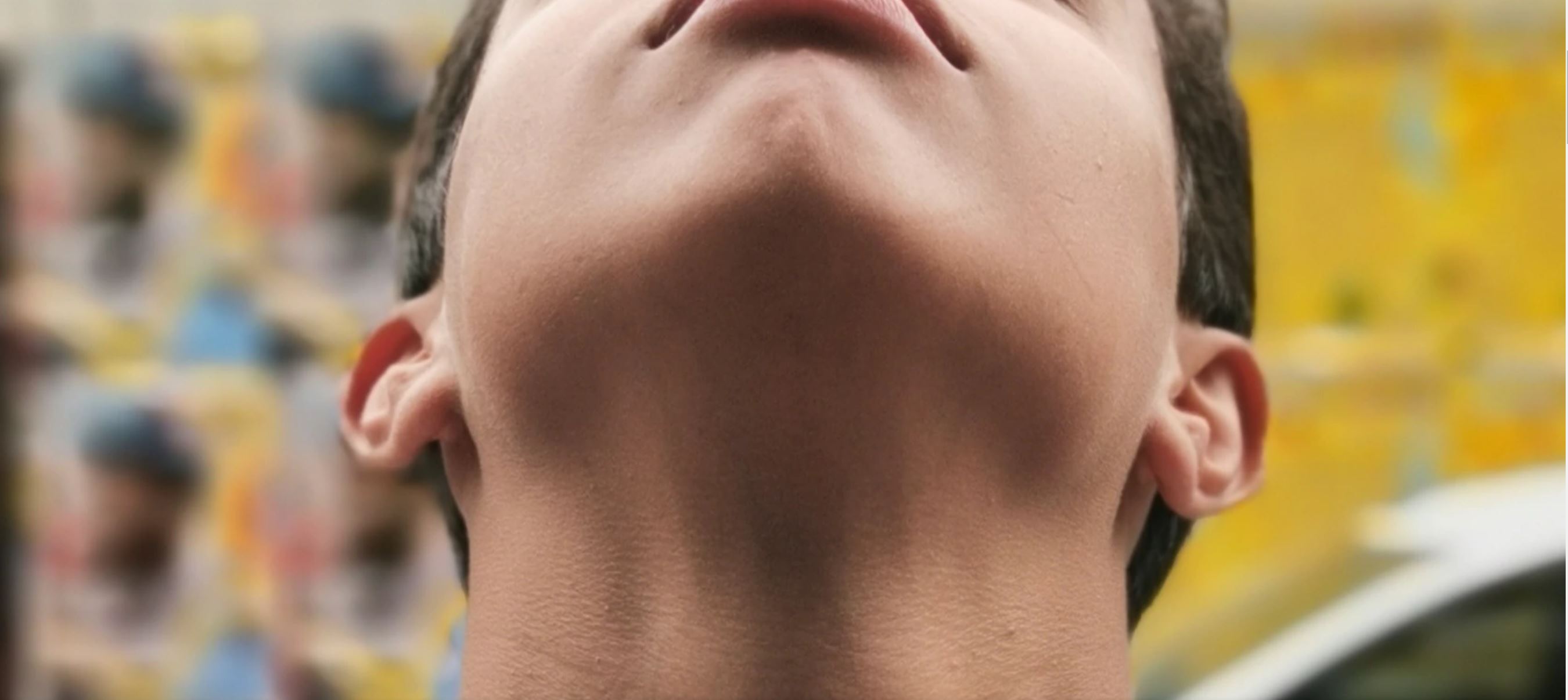I’m a firm believer that every single thing in our body has a purpose. If it didn’t, it wouldn’t be there. We as human beings are amazing – our body has been designed so perfectly, it’s hard to understand why there would be something “redundant” in our system (because if it was, we wouldn’t have it would we).

So that brings me to the little known (or perhaps you are aware of it) hyoid bone. It’s the bone that’s highlighted in green in the above picture. If you look closely, it’s a tiny bone that seems to be floating in mid-air! Did you know that it’s the ONLY bone in our body that actually doesn’t articulate (that’s med-speak for “touch or work with”) with any other bone in the body?
If you were to touch (gently – you don’t want to choke yourself) around the area of your throat (just below your jaw), you might be able to get a sense of where the hyoid bone is. When you swallow, you’ll notice some sort of thing going up and down. If it feels a bit harder like a bone, that’s your hyoid. The more spongey stuff you may feel would be the cartilage of your thyroid.. so you’ve missed the hyoid a bit.. just move up!
Why does it move? Because of all of the muscles that are attached to the hyoid. In fact, there are so many muscles that attach to this thing that stem from your jaw, your temporal bone, your clavicle, your shoulder blade and your sternum! Given this, it’s pretty clear that stuff going on with and around this tiny bone can really affect things from a physical perspective!
Example: The omohyoid muscle

So let’s look at how this may affect you! One of the tiny muscles we have that connects from the hyoid muscle to our shoulder blade (it actually comes down the front of your neck and then loops itself backwards to attach on the front part of your shoulder blade). I have to confess, I was pretty skimpy on my anatomy knowledge in terms of the tiny muscles so I was quite surprised to find that this muscle existed (this is the benefit of learning biodynamic craniosacral therapy… our anatomy knowledge far exceeds what we were taught in remedial massage school)!
For those who suffer from chronic shoulder conditions – e.g. you might hear a bit of “crunchiness” when you rotate your shoulder and say when you get the bigger shoulder muscles released by massage (e.g. the supraspinatus, infraspinatus, deltoids, etc) you feel a bit better but then the issue comes back again, give a thought that perhaps this muscle, the omohyoid, is the culprit! It certainly was for me – once my hyoid bone was released (with the intention on working with the omohyoid via biodynamic craniosacral therapy), I lost the click in my shoulder! So now when I feel like the “click” is coming back, I quickly do the hyoid release and everything is all good.
Another really interesting thing about the hyoid bone is that because it’s so close to our voice box, doing a release of this little guy via biodynamic craniosacral therapy might actually affect the tone of your voice! After my session a few weeks, I came out and realised that my voice had gone down one tone (for you music buffs). I sounded slightly lower than I did pre-treatment! My tutors tell me that working with the hyoid bone is a must for those who sing professionally (e.g. opera singers) – it just loosens up their vocal chords so they can smash it during their performance.
One final example – the mandible (or jaw bone)

Here’s another thing about how intelligent our body is – if you look closely at our bones, the shape of some bones resemble other bones! So the thinking is this – if the bone shapes are similar, the bones may be connected in some way or another (we call this a “reflex”). For example, the hip joint closely mirrors the temporal mandibular joint (otherwise known as the TMJ). Many times during treatment working with one area may actually cause the other area to become free.
In the case of the hyoid, it’s really interesting that the hyoid bone is very similar shaped to our jaw bone! You can see this in the picture above – the hyoid is the small bone and the jaw is the bigger bone. There are muscles (as I alluded to previously) that connect the hyoid bone to the jaw bone, so again, work on the hyoid bone may assist with jaw (or TMJ) issues, and vice versa.
I’m seriously only scratching the surface in terms of the implications of the tightness of muscles around this hyoid bone and I’m super keen to start exploring this a lot further! Biodynamic craniosacral therapy is a fantastic, gentle technique that can work wonders on this area, and can always be coupled with other modalities like remedial massage.
So next time, don’t discount the impact of tiny bones/tiny muscles in your body!

